
OR
#OPINION
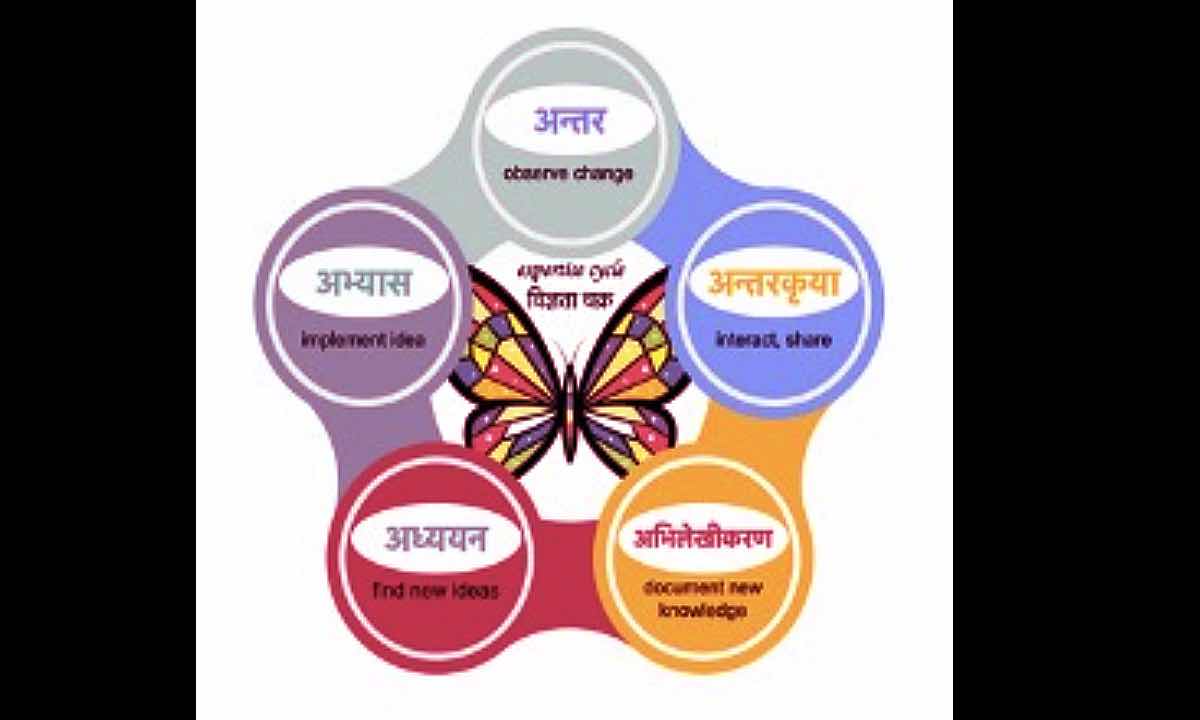

Shyam Sharma
The author teaches writing and rhetoric at the State University of New York in Stony Brook. He can be reached at shyam.sharma@stonybrook.edughanashyam.sharma@stonybrook.edu
To truly improve teaching, it is time to take the expert out of training, center professional development back in the classroom, and unleash the power of the practitioner-as-expert–letting such a cycle of expertise replace traditional teacher training.
A lot more teacher training is taking place in Nepal today than, say, ten years ago. In schools and universities, training programs range from informal one-hour sessions run by teachers to formal multi-day ones organized by institutions. They also range from free and virtual gatherings to lavish retreats at fancy places. Unfortunately, this great development remains characterized mostly by lecture–with hands-on practice being an exception.
There is a reason why teacher training remains entrenched in the old habit of delivering lectures. Both trainers and trainees continue to believe that an expert is needed to “deliver” content, that the key objective of training is to increase knowledge, rather than for trainees to learn by doing, sharing, and experiencing.
In reality, there is little to no practical value of content in training. We might as well train farmers how to improve crop yields by taking them to fancy hotels in the city and give them lectures on how to do it. Even simulated activities and discussions are inadequate. Imagine an agricultural expert taking a group of farmers to a sandbank to show them how to use modern farm equipment. Such an expert can teach how to use the tools, but he won’t really show how to grow a crop.
We need a radical shift in how training is done. Training should not only involve participants in doing things and sharing experience, solving problems and creating materials–not lectures or even discussions. It should also happen right in their classroom, as I will describe. A little bit of content may be needed to set up the context, clarify instructions, or during follow up discussion. But if content takes more than a quarter of a program’s time, it is no longer training.
Skipping the expert
One easy and effective way to make training more like training is to get rid of the expert and use a facilitator instead. The less the facilitator has to say the better. The more she makes time and creates opportunities for participants the better. In fact, when the facilitator tells participants that she is not an expert, and that the participants are the experts–in that they are the ones teaching–the training becomes far more effective. In fact, training becomes even more effective when one of the participating practitioners serves as facilitator. All that the facilitator needs is skills for managing the process and fostering collaboration. In exchange for losing the quantity and depth/breadth of knowledge when losing the external expert, such training can gain far deeper grounding in practice and far deeper commitment and accountability among participants. This shift to expertless training does require courage.
Now, is expertise or even content knowledge not needed at all? We have asked this question in practice when designing and facilitating several training programs in recent years. We learned that expertise can take the form of a book the participants select and study as an intellectual scaffolding for the process of learning by doing and sharing. When the expert as a person is not in the training room, a very different dynamic begins to take place–a dynamic that traditional societies need greatly.
What does it mean to get the expert out of the way? What does it mean to stop taking teachers out of the classroom, to stop wasting their time in poorly simulated situations? From training programs in whose development and implementation I have collaborated with school and university educators, I have learned that the classroom can and should be the primary venue of training. This is possible if teachers practice in their classrooms what they learn from experts, only using training meetings with their peers to share classroom experiences.
Activating the cycle
The idea of getting the expert out of the training doesn’t mean that expertise is not needed. It instead means that training can and should treat the practitioners as experts in the making. It means blending expertise in the process of studying, practicing, and sharing effective teaching–that is, initiating what I call an “expertise cycle.”
The expertise cycle is a process where the teacher (or practitioner in any field) is seen to have the best type of expertise: knowledge grounded in practice, skills based on nuanced understanding of context and needs on the ground, experience informed by failures and successes. No expert, however knowledgeable, can have adequate understanding of any teacher’s classroom and their students, their institution, and their challenges and needs to be able to tell them what to do. This is where we fail as traditional experts.
The expertise cycle unleashes the expert in the practitioner. This approach is far more effective and efficient than the expert trying to learn about practitioner’s contexts and needs–even if they try to. The expertise cycle is more productive than separating knowledge/ expert and practice/ teacher, a separation that persists even when the expert stops lecturing and starts facilitating a training-by-doing process.
In the training we’ve done in schools and universities, we break the cycle into five steps. First, as practitioners, teachers “study” a book or other resources (it could be a video) in an area of their shared interest. For example, if we want to better engage students in the classroom, we find a book on this topic and/or create a video by asking our questions with experts on the topic. Such intellectual input is necessary, and it works as an entry point in the cycle. The simple premise here is that teaching is a mission of lifelong learning for supporting continual improvement and response to new demands.
Second, teachers pick and adapt whatever teaching strategies from the book (or video) best fit their contexts and students’ needs. This way, we avoid wasting time on ideas that are great in themselves but may not work for all of us.
Third, we observe the “difference” that the new or modified teaching strategy makes in our classrooms, taking notes. How did we implement the strategy? What impact did it make? What worked and why? What didn’t and why? This is how the training program is solidly anchored in the classroom, helping us practice what we preach (instead of listening to some important expert and then forgetting most of their ideas when we return to our classrooms).
Fourth, we regularly meet to “discuss” our experiences with peers who have studied the same source and tried strategies they selected. Sharing our successes, failures, and lessons helps us to further enhance our classroom practices. The focus is still the classroom, and the discussion is grounded in practice rather than theory.
Finally, we write up our experiences based on the notes we regularly take in our classrooms and follow-up discussions. This “documentation” is a critical step in our model because it restarts the cycle. The practitioner becomes a practitioner expert, knowledge no longer flows in one direction, and practice-tested teaching methods can be shared far and wide. By translating action into ideas, as well as the way around, the expertise cycle makes teachers no longer dependent on someone who supposedly has all the ideas (and the teachers none).
Changing power dynamic
The idea of the expertise cycle first dawned upon me when, about a decade ago, I joined a community of fellow university teachers at my alma mater, Tribhuvan University. For the weekly webinars, we wanted to study and practice strategies that would help to translate the new policy of semester-based education into practice. I was asked to serve as a resource person, but I lacked contextual knowledge to guide colleagues, some of whom were also more experienced than me. Indeed, some deans and professors who were invited to the initial discussion left, offended for reasons including this. So, I called myself the group’s “research assistant,” offering it to only find study materials and facilitate the discussions.
Last year, I was asked again by a school near Pokhara to facilitate training to enhance teaching. I was even more anxious this time because I haven’t taught in schools since two plus decades ago. So, after supporting the training by more explicitly admitting my ignorance about the school’s context and challenges, I had an epiphany. When facilitators are powerless, the balance of power shifts beautifully to participants. Looking back, I realize what had taken shape: the expertise cycle, where practitioners develop and exercise expertise on their own terms. This year, half a dozen schools in Pokhara and Kathmandu have organized an expertise-cycle training program, having further fleshed out this approach.
After the pandemic, privileged teachers in big cities have many more opportunities for training than they used to–albeit mostly lecture-dominated and some practical, including in lavish (hence not very effective) ones. Beyond cities, however, things have gone back to the old normal–with limited training opportunities, on or offline, for most teachers. In both contexts, the same old experts–very often male, older, upper caste, and from the capital–continue to be invited to run training. Expertise is not growing among younger or more diverse scholars. Old tendencies of focusing on allowances, faraway venues, and big and impractical ideas also persist.
So, it is high time to reinvent teacher training for our own time. And the expertise cycle could be one approach for doing so.
You May Like This

Federal parliament holds training on parliamentary practices
KATHMANDU, Aug 27: Deputy Speaker Shivamaya Tumbahamphe has urged the female lawmakers to play an active role in the House of... Read More...
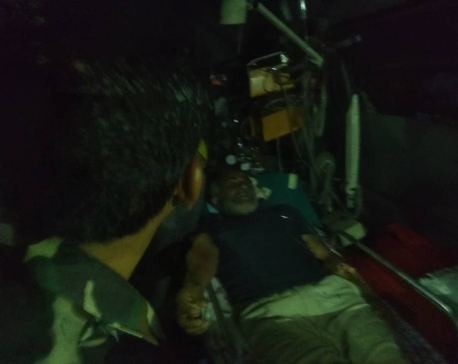
Dr KC in Teaching Hospital (photo feature)
KATHMANDU, July 19: After landing in Tudikhel, Dr Govinda KC has been rushed to Maharajgunj based Teaching Hospital. ... Read More...
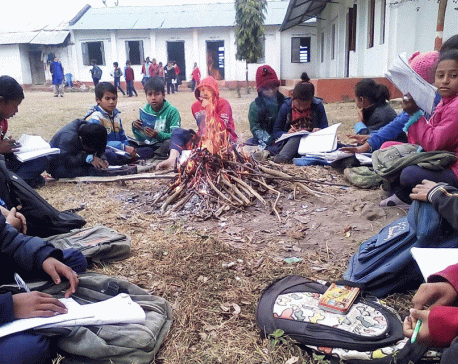
Winter tips from expert (with interview)
KATHMANDU, Jan 7: Since few days, the normal life of people has crippled due to the biting cold climate. The... Read More...


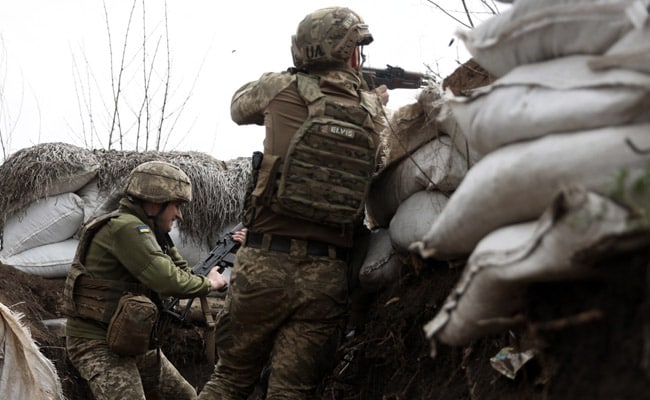

Just In
- Captain Paudel scores half-century in T20 match against West Indies 'A'
- Nine youths from Tanahu allegedly joining Russian army out of family contact for months
- West Indies 'A' sets Nepal a target of 205 runs
- Parliamentary committee directs govt to provide electricity tariff subsidies to cold storage facilities
- Former DoTM employee Bhatta arrested in connection with illegal license issuance case
- One killed in a fire incident in Dadeldhura
- JSP Central Executive Committee meeting being held today to discuss national convention representative election guidelines
- KMC adjust office hours, services now start at 9AM







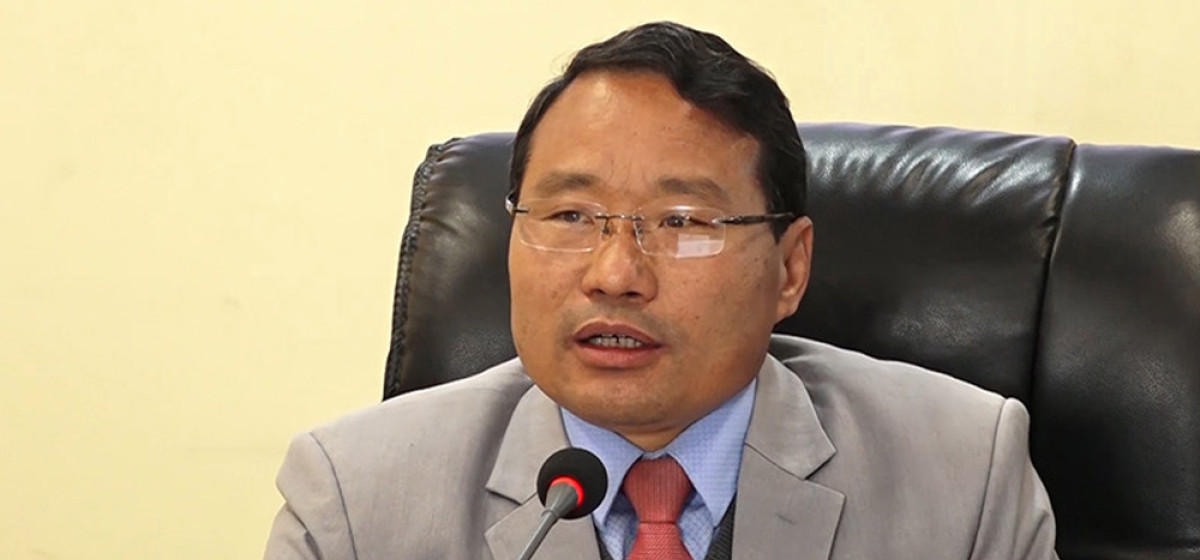




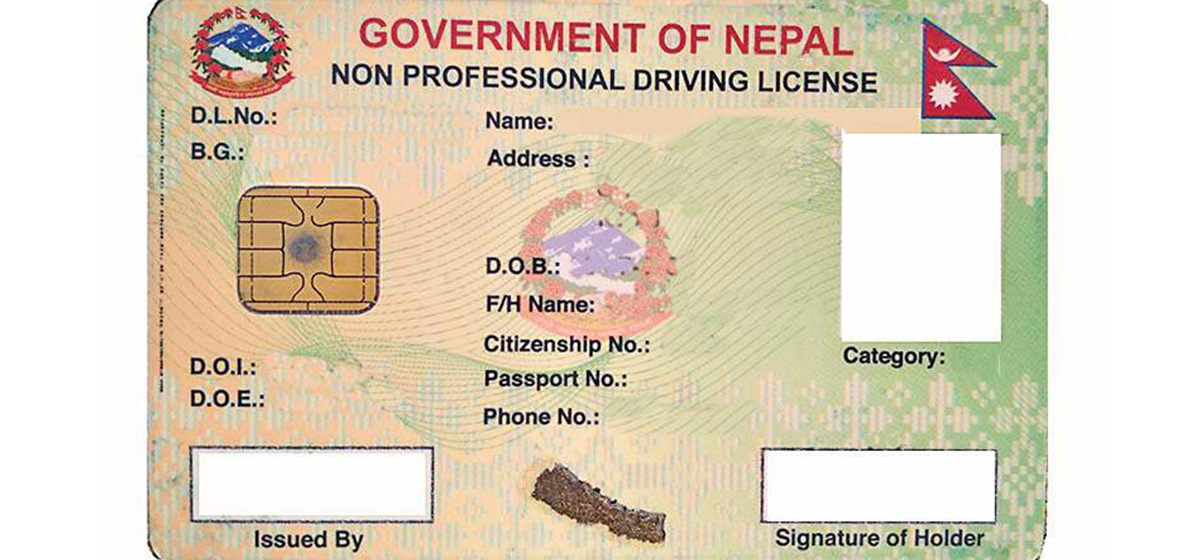
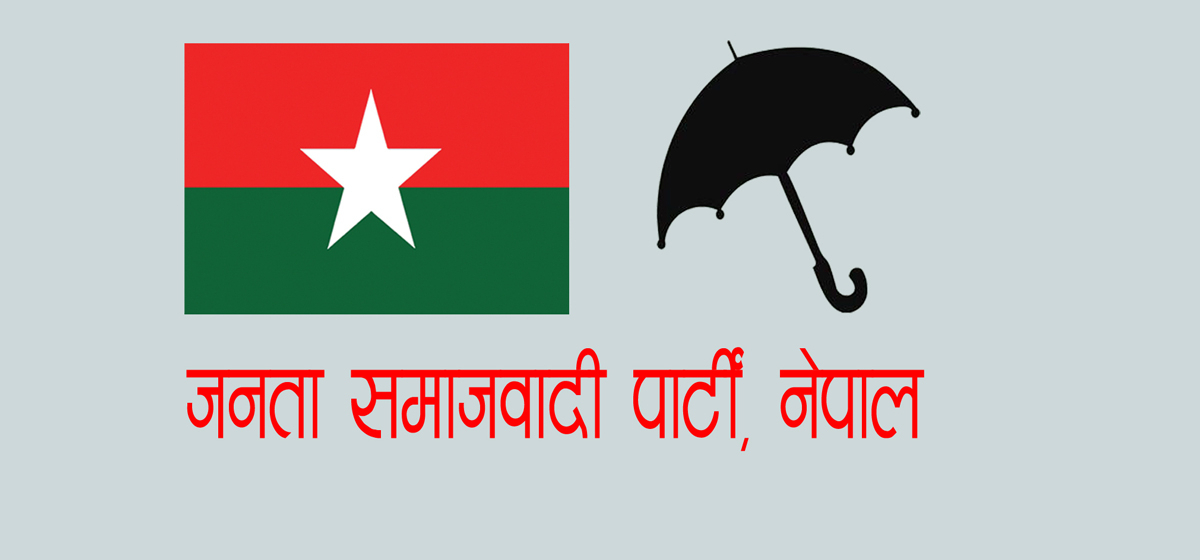

Leave A Comment